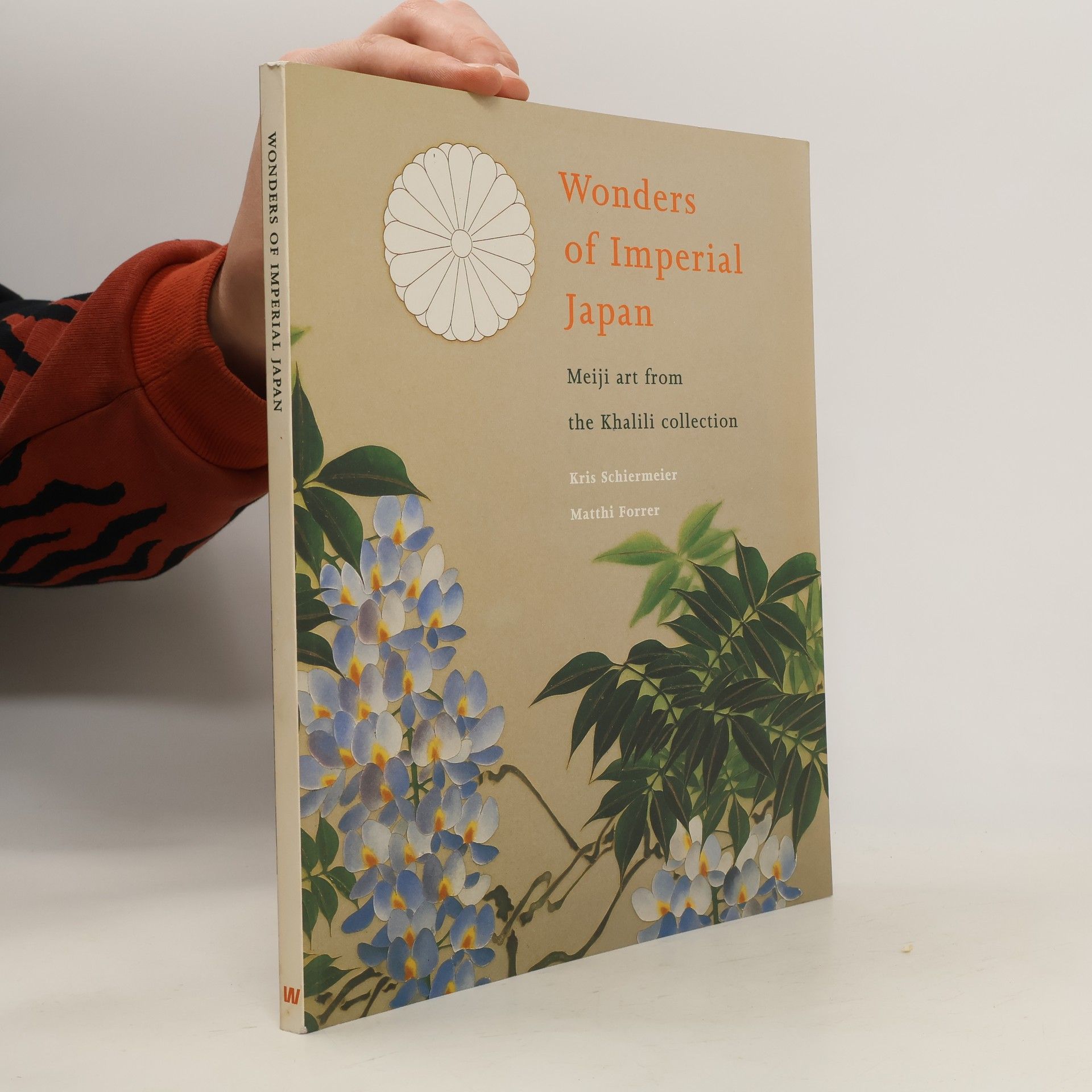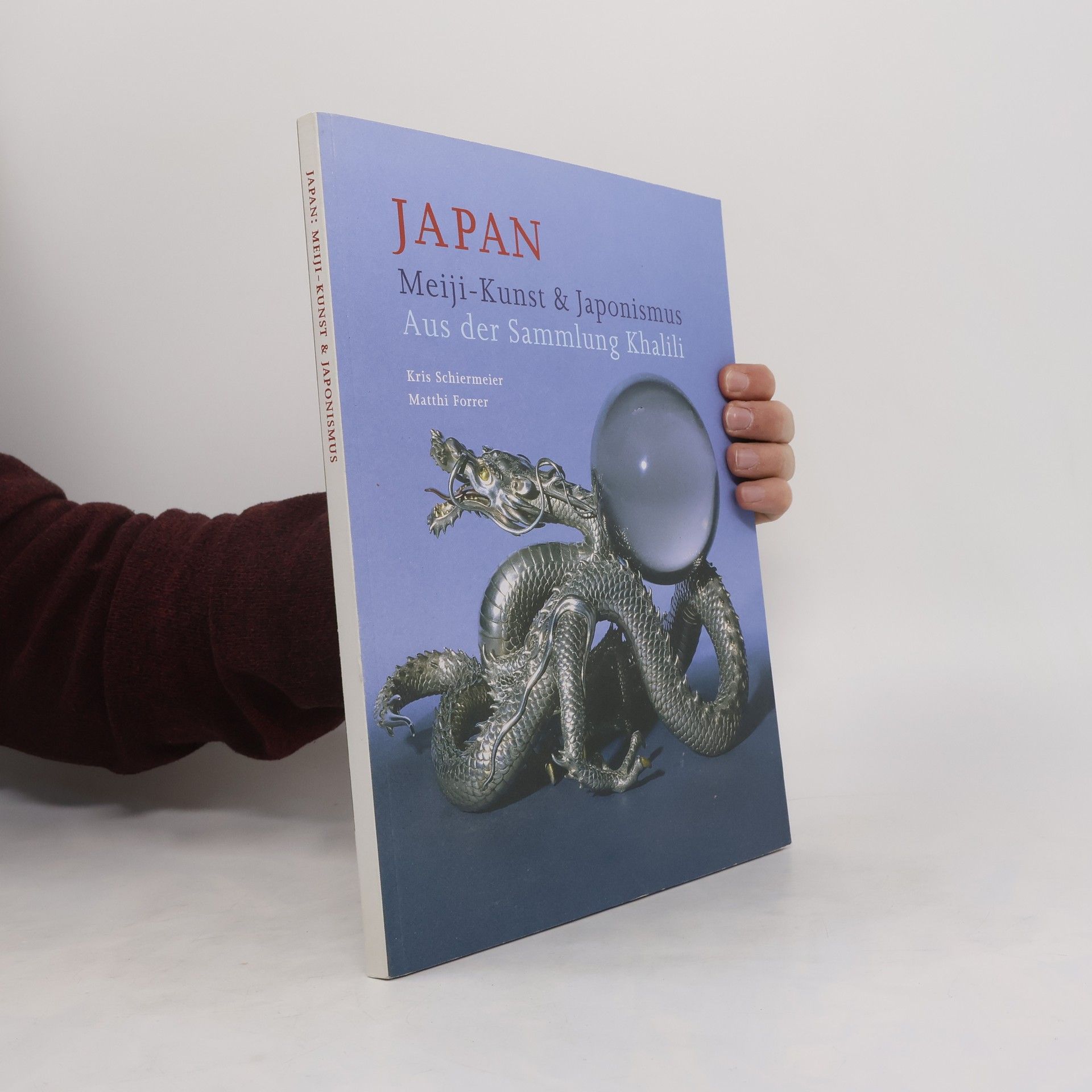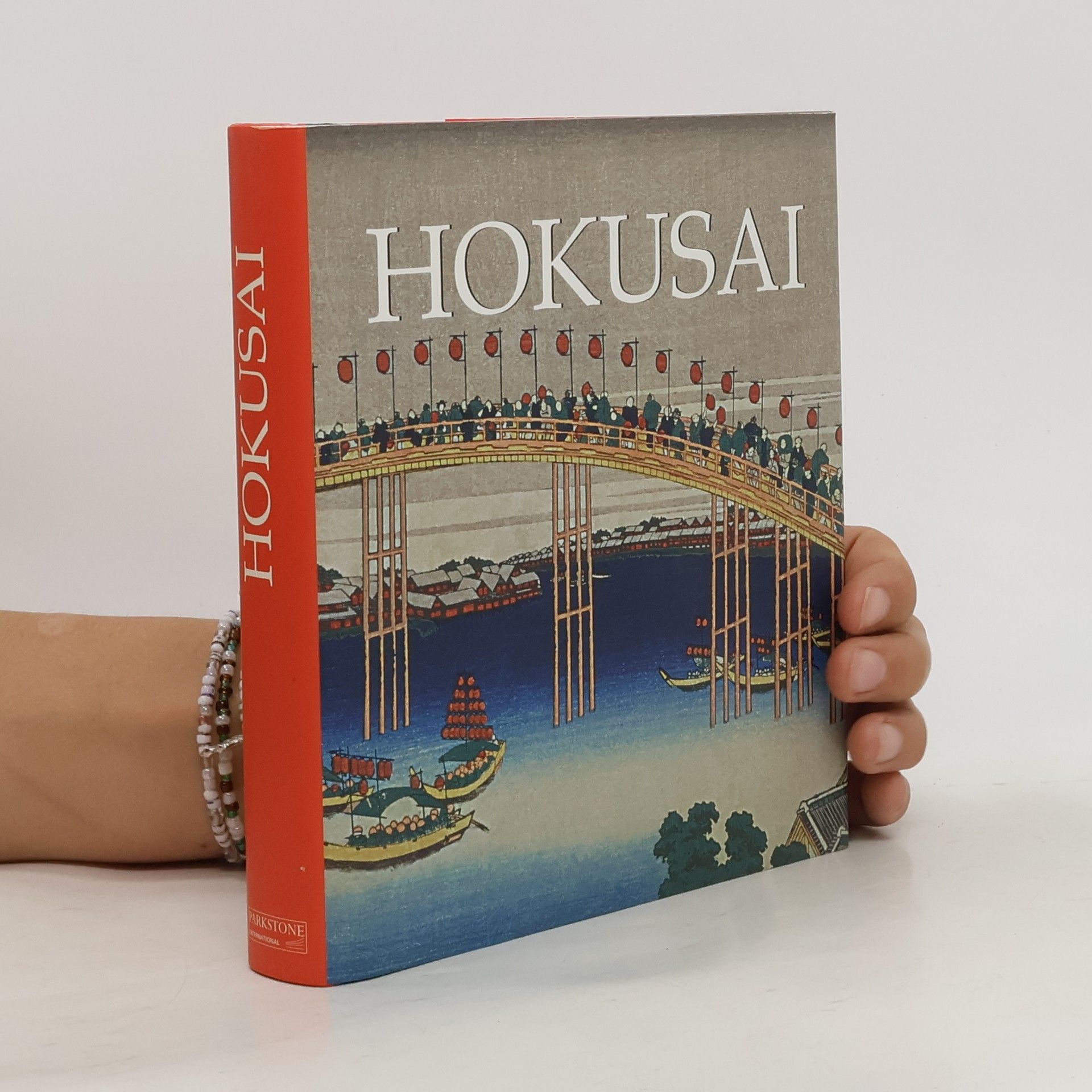Katsushika Hokusai ist ohne Zweifel der seit Mitte des 19. Jahrhunderts im Westen berühmteste Künstler Japans. Hokusai galt schon zu seinen Lebzeiten als Meister der Kunst des Ukiyo-e. Er fasziniert uns noch heute mit der Vielfalt seines in diesem Buch in seiner gesamten abwechslungsreichen Breite präsentierten, fast neunzg Jahre umfassenden Werkes.
Matthi Forrer Bücher





Hiroshige
- 288 Seiten
- 11 Lesestunden
This lavishly produced authoritative monograph presents an in-depth view of the life and work of Utagawa Hiroshige, one of Japan’s most revered artists. Presented in a style as stunning as the prints it celebrates, this survey of Hiroshige tells the fascinating story of the last great practitioner of ukiyo-e, or "pictures of the floating world." Hiroshige is considered to be the tradition’s most poetic artist and his work had a marked influence on Western painting towards the end of the 19th century. Vincent van Gogh, Claude Monet, Paul Cézanne, and James Whistler were inspired by Hiroshige’s serene depictions of the natural world. Arranged chronologically, this book illustrates through text and magnificent reproductions Hiroshige’s youth and early career; his artistic development in the genre of landscape prints; his depictions of Edo and the provinces; the flower and bird prints; and his many popular books and paintings. It discusses the historic and cultural environment in which Hiroshige flourished and the many reasons his art continues to be revered and imitated. Filled with 300 color reproductions, and featuring a clamshell box and Japanese-style binding, this volume is destined to become the definitive examination of Hiroshige’s oeuvre.
Kakemono
- 208 Seiten
- 8 Lesestunden
A comprehensive survey of kakemono, the classical Japanese art of the wall scroll Spanning Japanese painting from the 16th to the 19th centuries, this thrilling volume presents a selection of 120 kakemonos from the Perino collection in Italy. The kakemono (literally "hanging thing") is a Japanese painting or calligraphy, on silk, cotton or paper, contained as a scroll and intended to be hung on the wall. Unlike a hemakimono--a roll that is opened horizontally on a surface--the kakemono opens vertically and is designed as an indoor wall decoration. Being connected to anniversaries, specific periods of the year or special occasions, it is displayed only temporarily and then placed, carefully rolled up, in a special box. The subjects are mainly taken from nature (flowers, birds, fish) and show a naturalism and a tremendous accuracy of detail. Works of rare beauty by artists such as Maruyama Okyo, Kishi Ganku and Kusumi Morikage are included here.